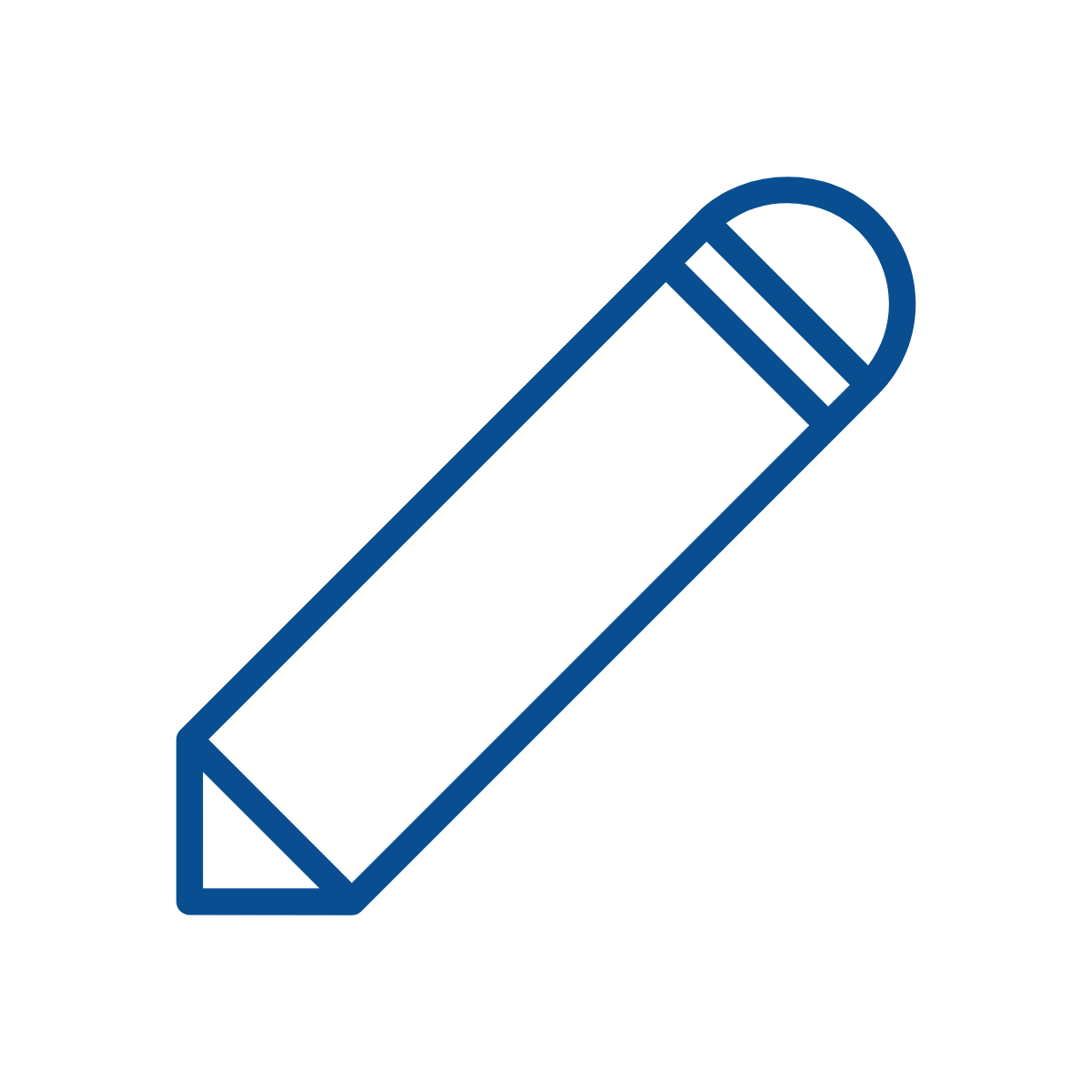- Accueil
- EN
- Studying at ULB
- Find your course
- UE
-
Share this page
Modeling and design of multiphase systems and reactors
Course teacher(s)
Pierre COLINET (Coordinator), Sander Deridder and Senthil PARIMALANATHANECTS credits
6
Language(s) of instruction
english
Course content
The course consists of two parts:
The first part of the course will introduce the students to the modeling of multiphase transport phenomena, including different effects important at the interfaces between different phases (capillarity, phase change, deformable interfaces, instabilities, …). In the first stage, the course will review and introduce the balance equations and boundary conditions relevant to multiphase systems. In the second stage, these equations will be applied to model various examples, such as liquid films flowing along inclined planes, flows under non-isothermal conditions and their associated hydrodynamic instabilities, and flows involving phase change processes (evaporation/condensation and solidification/melting). Analytical techniques and approximations for solving these systems of equations will be used. In addition the students will be introduced to non-linear dynamics, including the concepts of stability and bifurcation theory, with illustrative applications such as the Brusselator model.
The second part is on multiphase reactors. In this part, the students will be introduced to the most important elements of solid/gas, heterogeneous catalysis and fluid/fluid reactor design. This will be done by first establishing dedicated expressions for the overall process kinetics, which will subsequently be applied in reactor design equations established based on the knowledge acquired in the first part. The emphasis of the course is put on the possibility to establish sound argumentations and the resolution of complex design problems.
Objectives (and/or specific learning outcomes)
The objectives of the first part of the course (P. Colinet and S. Parimalanathan) are:
- To get acquainted with the rich phenomenology of multiphase systems, with a view to major fundamental questions and applications.
- To learn/review basic equations and boundary conditions describing transport phenomena in multiphase systems with interfaces.
- To solve these systems of equations in practical cases: droplets, bubbles and thin films with heat transfer, evaporation, solidification, ...
The objectives of the second part of the course (S. Deridder) are:
- To be able to establish models that describe multiphase mass transfer phenomena.
- To be able to model the performance of a multiphase reactors.
- To be able to select the best reactor design and operating mode.
- To be able to calculate the required reactor size and residence time as a function of the required degree of conversion.
Teaching methods and learning activities
Theoretical lectures, exercise sessions and practical sessions (introduction to simulation software (Aspen Plus and e.g. COMSOL multiphysics) and tools for coding and plotting (like MATLAB or OCTAVE)).
References, bibliography, and recommended reading
R.B. Bird, W.E. Stewart and E.N. Lightfoot, Transport Phenomena, Wiley, Singapore, 1960.
G. Nicolis, Introduction to Nonlinear Science, Cambridge University Press, Cambridge, 1995.
Course notes prepared by Dr. S. Parimalanathan available on UV platform.
O.Levenspiel, Chemical reaction engineering, John Wiley and Sons, New York, 1999.
Course notes
- Syllabus
Contribution to the teaching profile
This teaching unit contributes to the following competences:
-
In-depth knowledge and understanding of exact sciences with the specificity of their application to engineering
-
In-depth knowledge and understanding of integrated structural design methods in the framework of a global design strategy
-
In-depth knowledge and understanding of the advanced methods and theories to schematize and model complex problems or processes
-
Reformulate complex engineering problems in order to solve them (simplifying assumptions, reducing complexity)
-
A creative, problem-solving, result-driven and evidence-based attitude, aiming at innovation and applicability in industry and society
-
The flexibility and adaptability to work in an international and/or intercultural context
Other information
Additional information
Any form of AI technologies is strictly prohibited to be used in this course unless the instructions explicitly allow it. In that case, the rules in article 40 of “Règlement général des études” should strictly be followed.
Contacts
Pierre Colinet (email: pcolinet@ulb.ac.be)
Sander Deridder (email: sander.deridder@vub.be)
Campus
Solbosch, Outside campus ULB
Evaluation
Method(s) of evaluation
- written examination
written examination
Part 1: The exam consists of two parts:
- Closed book (1 hour): Theoretical questions
- Open book (2 hours): Problem-solving exercises
The main objectives are to assess the student’s ability to:
- Understand the problem statement and identify the governing equations
- Simplify governing equations (e.g., continuity and Navier–Stokes) based on given assumptions
- Solve problems analytically and interpret the results
- Connect different topics from the course, such as instabilities and nonlinear dynamics
Part 2 : Written, open book exam. The exam will consist of three or four main questions. Per question a mix of subquestions is posed. These sub-questions represent a mix of elements learned during the theoretical course and the practical sessions and aim at checking whether:
- the student understands the meaning of each variable present in the learned equations and the reason for their presence
- the student can apply the learned solution methods to similar geometries and situations than those treated during the lectures
- the student can make cross-references between different parts of the course
- the student can choose the optimal reactor design and calculate the required reactor residence time and volume for a given application
Mark calculation method (including weighting of intermediary marks)
Each part accounts for 50% of the marks.
First part: The final grade will primarily be based on a written examination. However, depending on student interest, an assignment may also be offered. This assignment will consist of a problem set with 4–5 questions requiring coding and plotting. In that case, the assignment will account for 1/3, with the remaining 2/3 based on the written exam.
Second part: written exam accounts for 2/3 of the marks. The Aspen practical sessions (permanent evaluation + written report) account for 1/3.
Language(s) of evaluation
- english
